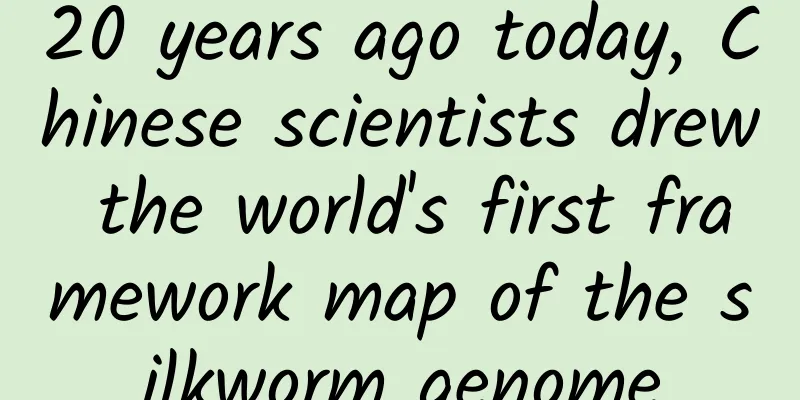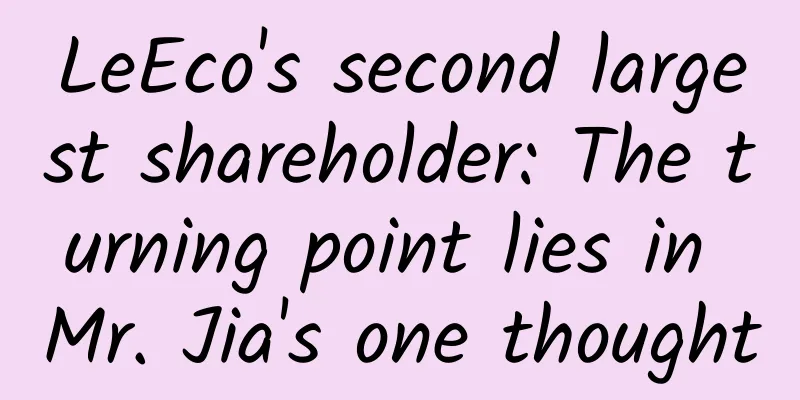The inedible "tree lobster" survives on an isolated island

|
Lord Howe Island is a volcanic island located between Australia and New Zealand. It is said that the first Westerner to arrive here was Henry Lidgbird Ball, a British naval officer. On this small island with an area of only 17 square kilometers, there live strange and fragile creatures. The Lord Howe Island Stick Insect (Dryococelus australis) is a large stick insect that is over 12 cm long and has no wings as an adult. It is the heaviest flightless stick insect in the world and is also endemic to Australia. It is found on Lord Howe Island off the east coast of Australia. This large stick insect can grow up to 15 cm in length and weigh 25 grams. Newly hatched nymphs are green, while adults are brown-black, perhaps as a protective color to adapt to their nocturnal nature. Stick insects feed on a local shrub (or small tree) of the genus Melaleuca. They are good at crawling, and their agility allows them to avoid some dangers. They were once common insects in their habitat, and were locally known as tree lobsters due to their huge size. They were even said to be used as bait in fishing. Miracles on the Pyramids As humans traveled more and more, we also took the house mouse with us to explore new territories. The black house mouse regarded the stick insect as a "chicken-flavored" snack, and in a short time, the Lord Howe Island stick insect, which was unable to cope with the attack of the house mouse, disappeared completely. In 1930, people reluctantly believed that this giant insect was extinct. In fact, no Lord Howe Island stick insect has been found since 1920. Ball's Pyramid | PotMart186 / Wikimedia Commons The turning point came in 2001, when explorers found insect feces and traces of large insect activities on a giant rock called "Ball's Pyramid" 23 kilometers away from the island. Experts rushed to the scene and found a population of less than 30 Lord Howe Island stick insects breeding here. Researchers believe that this is likely the last habitat of this giant insect. Australian scientists David Priddel and Nicholas Carlile launched an investigation. They also saw traces of stick insects, and the shocked scientists said: "It's like going back to the Jurassic period, when insects ruled the world." Illustration of the Lord Howe Island stick insect from a 19th century book | Wikimedia Commons Ball's Pyramid is more than 500 meters high, taller than the Empire State Building, and extremely steep, looking uninhabitable. But this did not stop this insect, thought to be extinct for 80 years, from establishing and holding on to its last habitat on this lonely rock. The steep slopes around the rock are nearly vertical, making it unsuitable for most organisms to survive, but these stick insects have miraculously managed to do so. The stick insect that survived Why they were living on the giant rock of Ball's Pyramid is still unclear, but scientists realized they had to start a breeding program to ensure that the species would not become extinct. The Australian government eventually allowed scientists to take four stick insects from there for breeding. When the researchers returned to Ball's Pyramid to capture the insect, they only found one and were even worried that it had died accidentally. After several twists and turns, the experts found them and took away four. Later, two of the specimens were successfully bred at Melbourne Zoo. When Lord Howe Island stick insects mate, the male will continue to guard the mate and cover the female with his feet. Although the male adult is smaller in size, it has thick hind legs with thorns that can be used as weapons. It takes nine months for their eggs to hatch. Scientists even gave them names: "Adam" and "Eve", and through them they bred tens of thousands of stick insects, which is a rare and very successful case of saving critically endangered species. Experts are also exploring the feasibility of allowing this giant insect to reproduce on Lord Howe Island. In 2018, the management of Lord Howe Island announced the approval of a plan to reintroduce stick insects to Lord Howe Island. But the most critical issue is to eliminate the alien rodents that are prevalent in the environment while minimizing damage to the environment. This will be a long-term task. |
>>: Is the oral irrigator useful? Is it just a waste of money?
Recommend
Why is Yunnan, a “watery” province, experiencing a severe drought?
Author: Wang Su (Institute of Atmospheric Physics...
How much does it cost to develop a digital mini program in Tangshan?
How much does it cost to be a Tangshan digital mi...
How do K12 online education products achieve user growth?
This article mainly discusses the response strate...
As the iPhone’s “remaining power” is about to fade, how can the smartphone industry survive the “ten-year itch”?
It turns out that not only our country’s economy ...
A top-secret sharing class of a certain media star: the most powerful Douyin live broadcast monetization, practical skills
A top-secret sharing class of a certain media sta...
Zhu Baiban's Douyin sales promotion course
Zhu Baiban's Douyin Advanced Course Resource ...
Terrible! Improper drying of clothes may cause health problems? You must know these facts!
This article was reviewed by Li Jiangtao, Associa...
How much does it cost for a Leshan merchant to develop a driving school mini app?
WeChat Mini Program is an application that users ...
Complete set of skipping rope teaching videos - Children's beginner skipping rope teaching videos (from basics to advanced) Baidu cloud download
Complete set of skipping rope teaching videos - C...
6 common pitfalls in operating activities. Have you encountered them?
A few days ago, I posted a brainwave, and then......
"Food Safety Guide" Series | In which foods are aflatoxin likely to "hide"? Learn more in one article
Aflatoxin is the most common mold in warm regions...
8 tips to teach you how to leverage the college entrance examination marketing opportunity. Are you ready?
The college entrance examination is here again. F...
Windows 10 collects a lot of privacy? Teach you how to protect your information
Microsoft's Windows 10 has won unanimous prai...
He died on the spot after eating a dinosaur. Can he be called the "Crocodile God"?
How could the crocodiles living 100 million years...
North Korean cell phones earn Egypt $500 million
According to South Korea's Chosun Ilbo websit...









